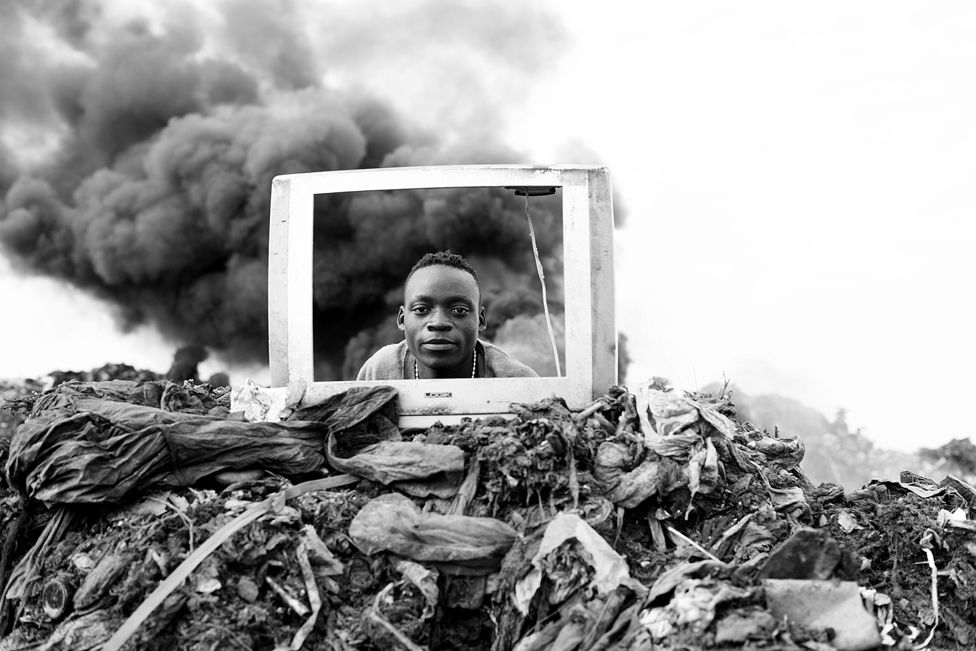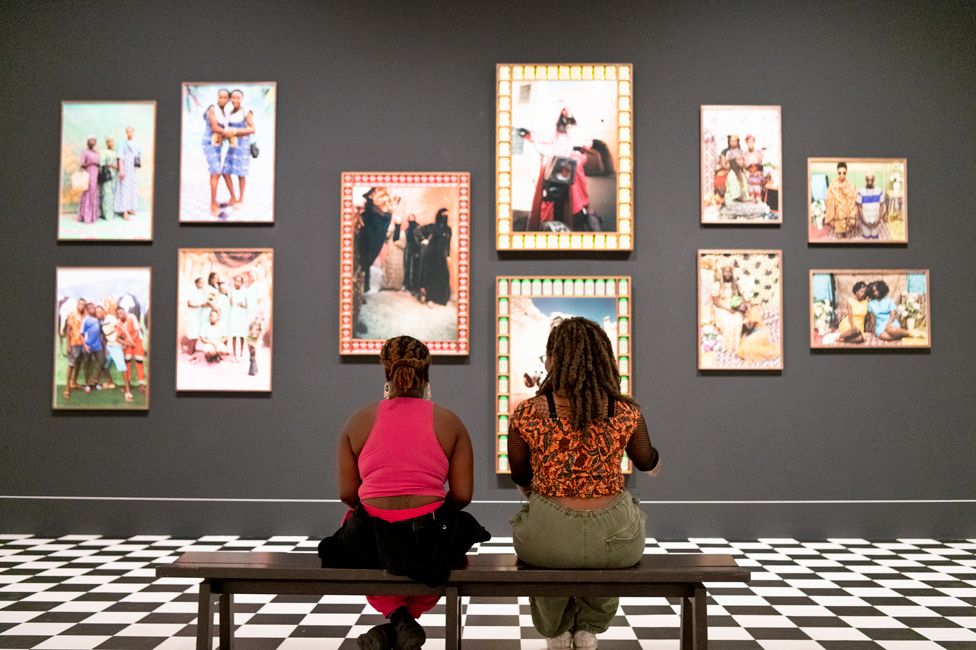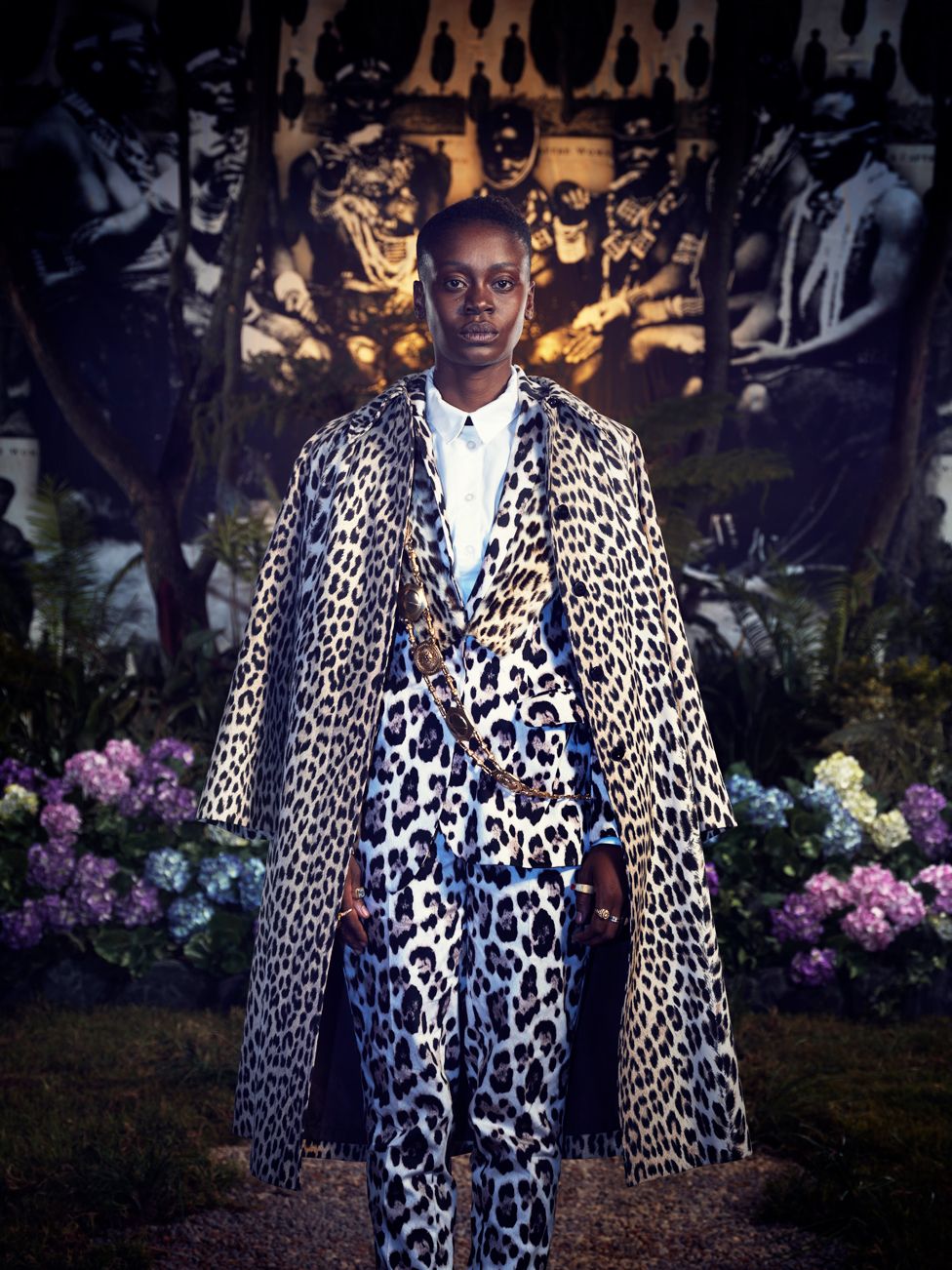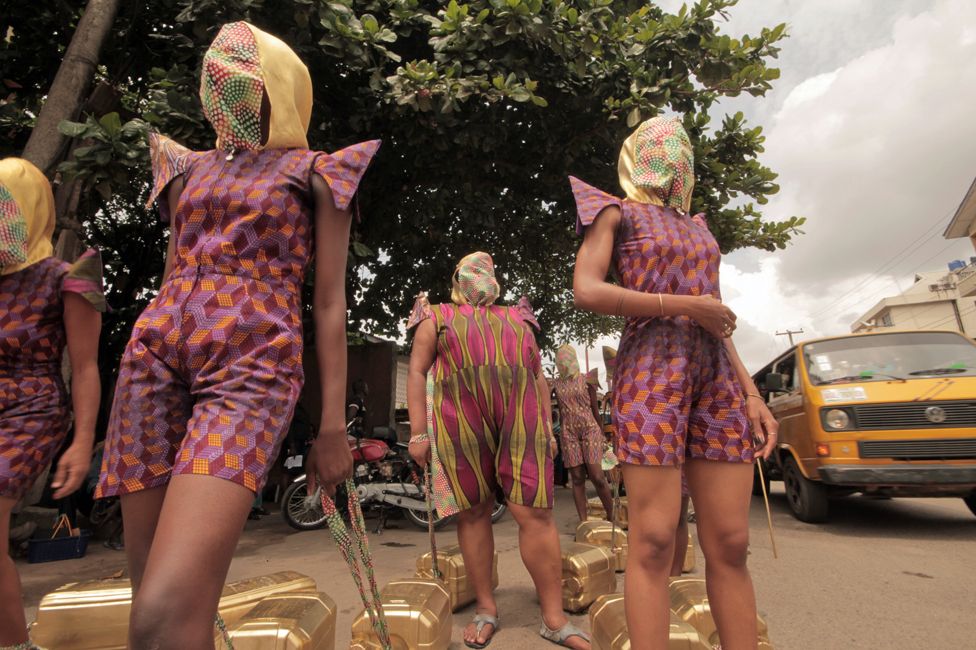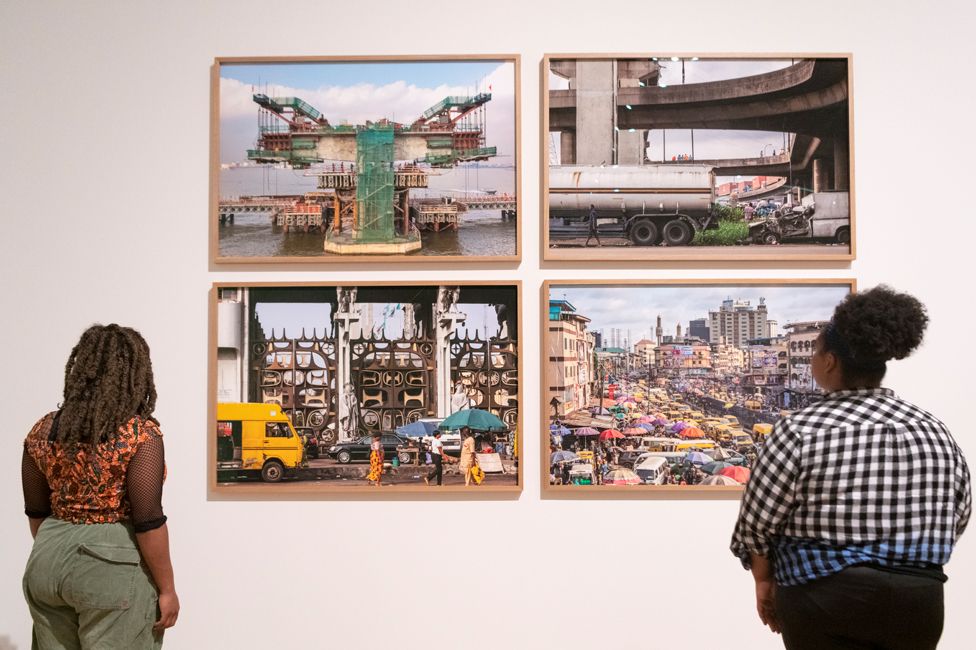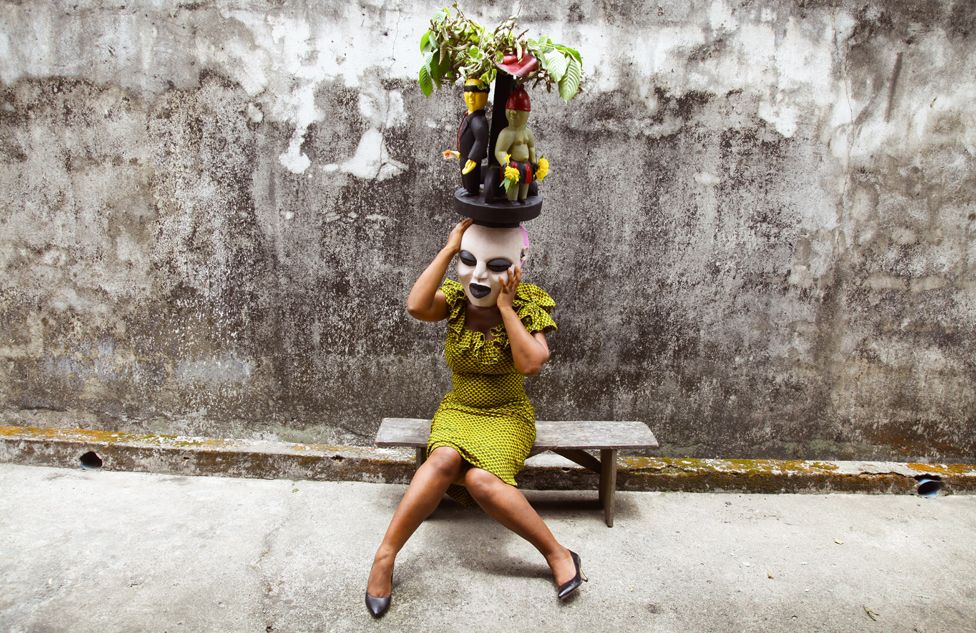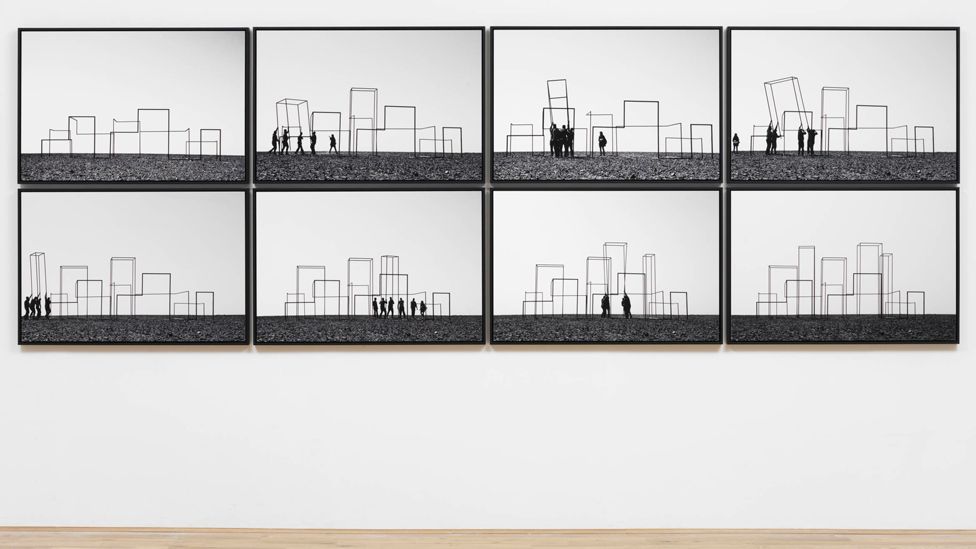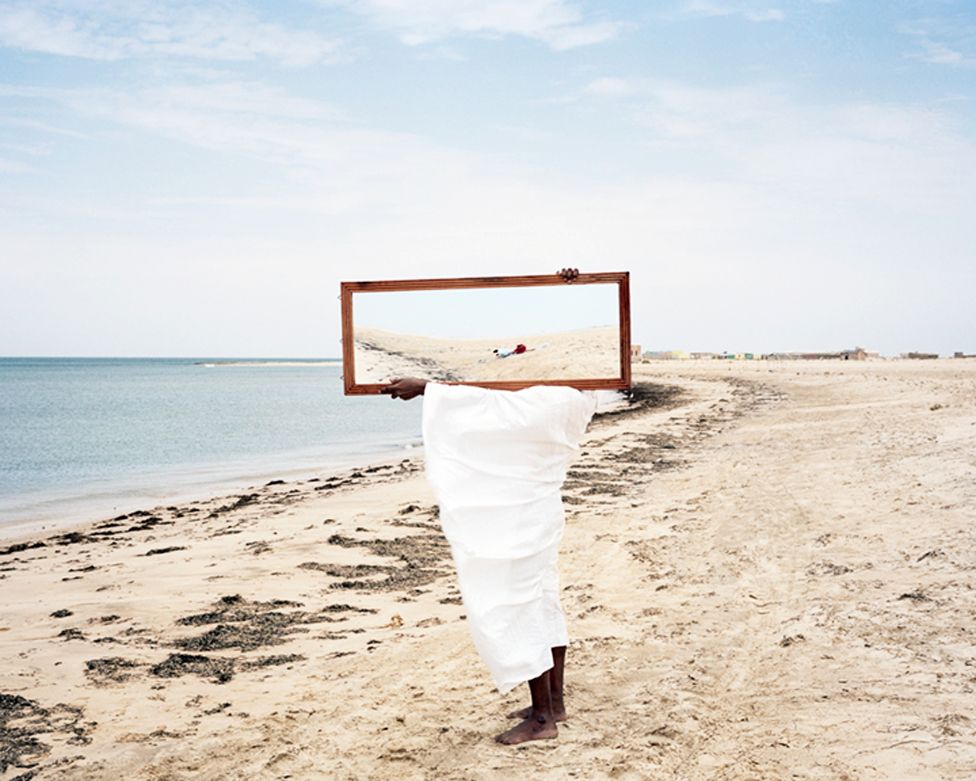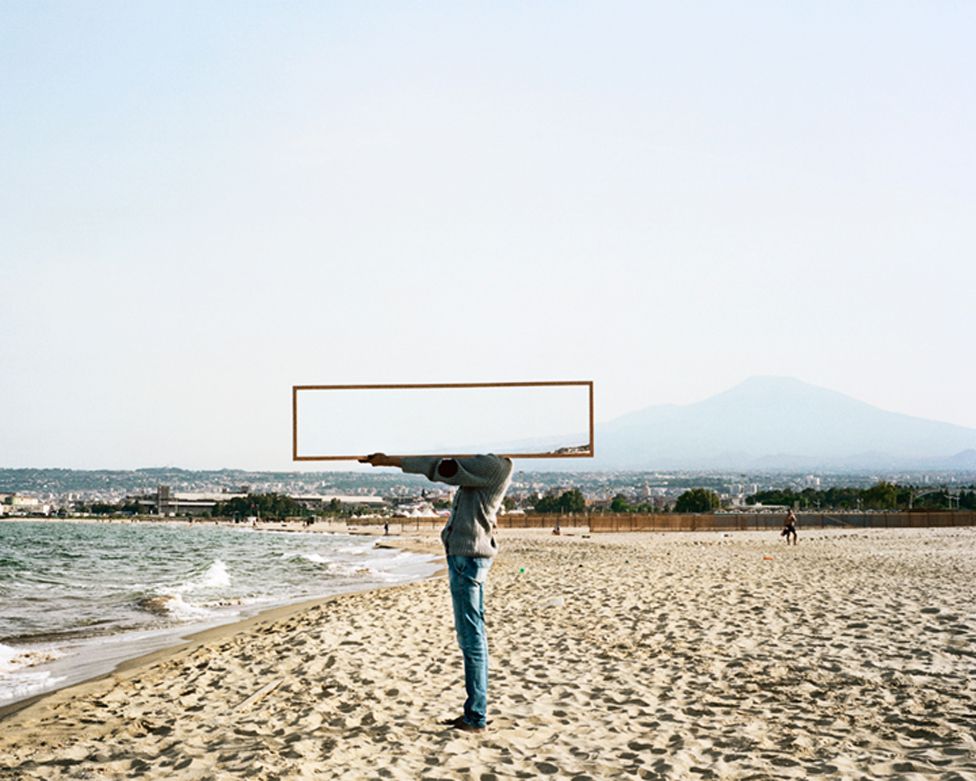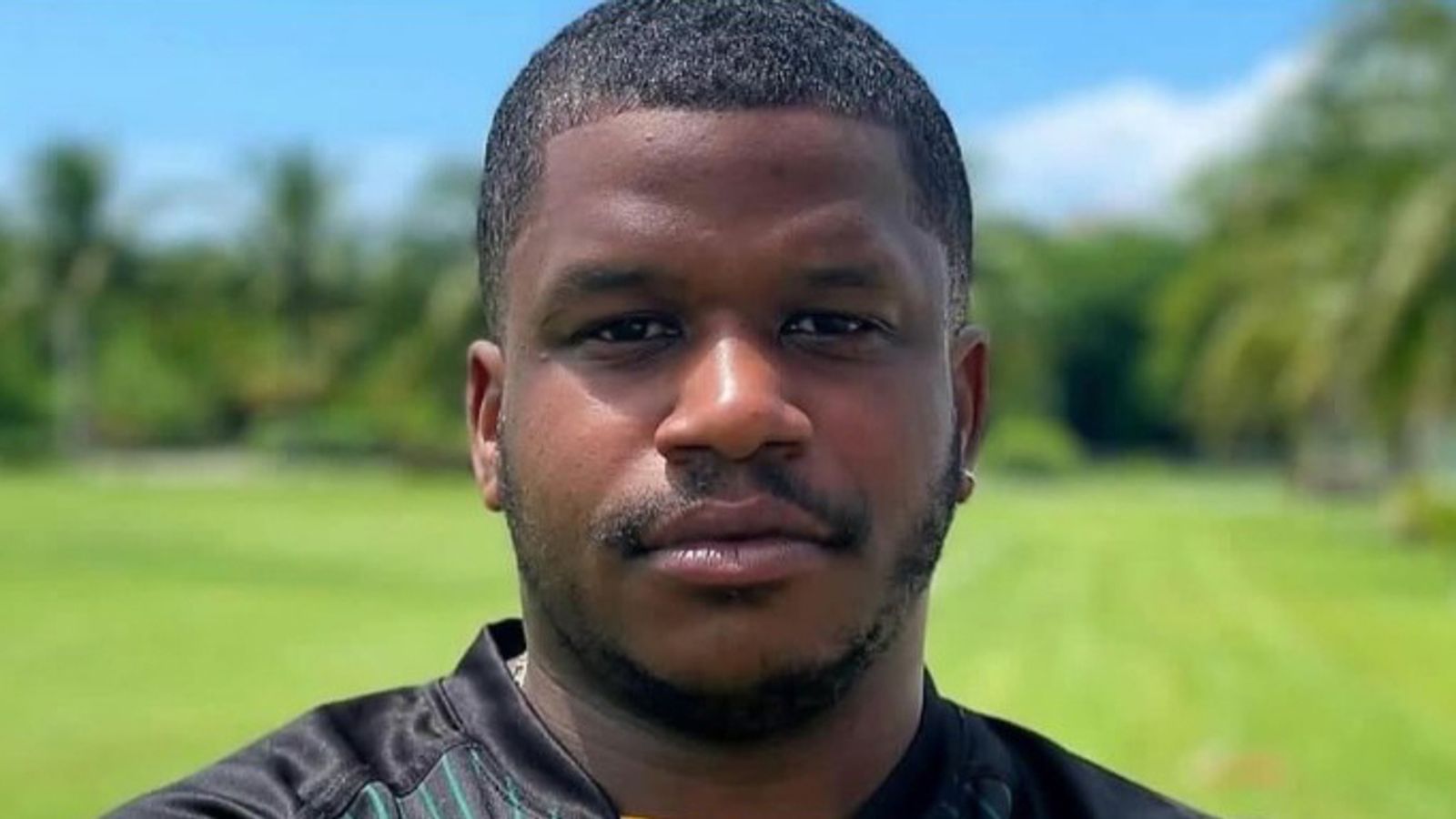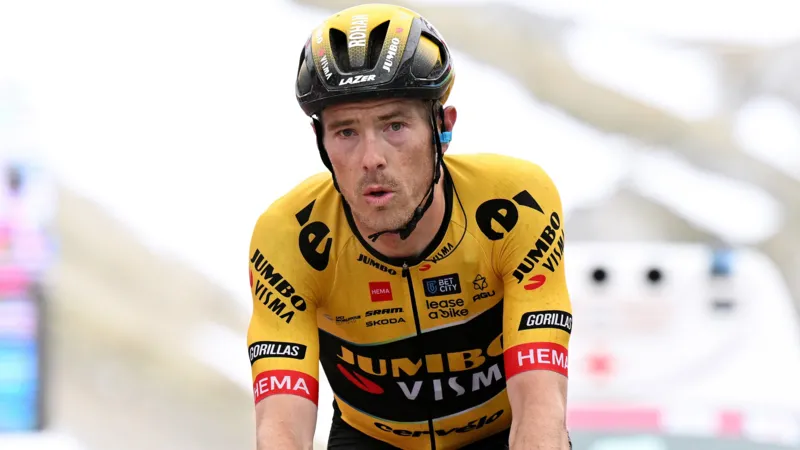Africa unmasked at the Tate: The continent through its own lens
A remarkable new exhibition showcasing contemporary African photography - looking at Africa's past, present and future through the lenses of artists from the continent - has opened in London.
MÁRIO MACILAU
Mozambican Mário Macilau's Breaking News (The Profit Corner series, 2015). Courtesy Ed Cross Fine Art
TATE/LUCY GREEN
Ruth Ossai's work A World In Common at the Tate Modern
KUDZANAI CHIURAI
Zimbabwean photographer Kudzanai Chiurai's We Live in Silence IV (2017). Courtesy of the artist and Goodman Gallery
The task of distilling the complexity and diversity of this expansive continent is no small feat. But through his deft curation, Osei has pulled off a visual feast, creating a vivid tapestry that thrusts contemporary African art firmly into the global centre.
Speaking to the BBC, he explained how his thematic approach allows examination of how the continent's "shared histories" - from its colonial experience to post-independence revolutionary movements and its urban future - had "shaped and reshaped" how people in Africa see themselves and their place in the world.
WURA-NATASHA OGUNJI/EMA EDOSIO
American-Nigerian Wura-Natasha Ogunji's Will I still carry water when I am a dead woman (2013, digital video). Fridman Gallery
The exhibition's title, A World in Common, is inspired by the work of the pioneering Cameroonian historian and intellectual Achille Mbembe, who argued that we must think of the world from an African perspective. His ideas provide the intellectual thread that runs through the exhibition, offering a bold invitation to reconsider how we view the place of Africa in the world.
TATE/LUCY GREEN
Installation view of Nigerian photographer Andrew Esiebo's Mutations (2015-2022). Courtesy the artist and Tiwani Contemporary
By featuring many artists for the first time internationally, the Tate Modern puts emerging African talent centre stage in a museum so crucial in setting the world's artistic agenda.
One artist featured is the British-Nigerian, Zina Saro-Wiwa. Her work, The Invisible Man Series, 2015, explores the tradition of mask-wearing among the Ogoni, her ancestral ethnic group in the Niger Delta of Nigeria.
ZINA SARO-WIWA
Zina Saro-Wiwa's The Invisible Man Series (2015). Courtesy of the artist and Tiwani Contemporary
Her work unpacks the role masks traditionally play in Ogoni culture and is also an ode to a more personal and emotional journey. "I made this work to help me heal myself," she told the BBC.
Her intimate, mournful and beautiful images demonstrate the power of art to bridge the past and the present, the group and the individual.
Another artist shown is the Angolan artist Kiluanji Kia Henda, whose work titled Rusty Mirage (The City Skyline), 2013, is a series of photographs of sculptures he created in the Jordanian desert.
KILUANJI KIA HENDA/MARK HEATHCOTE
Kiluanji Kia Henda's Rusty Mirage (The City Skyline, 2013)
DAWIT L PETROS
Dawit L Petros's Untitled (Prologue II), Nouakchott, Mauritania (The Strangers Notebook, 2016). Courtesy of the artist and Tiwani Contemporary
DAWIT L PETROS
Dawit L Petros's Untitled (Epilogue III), Catania, Italy (The Strangers Notebook, 2016). Courtesy of the artist and Tiwani Contemporary


